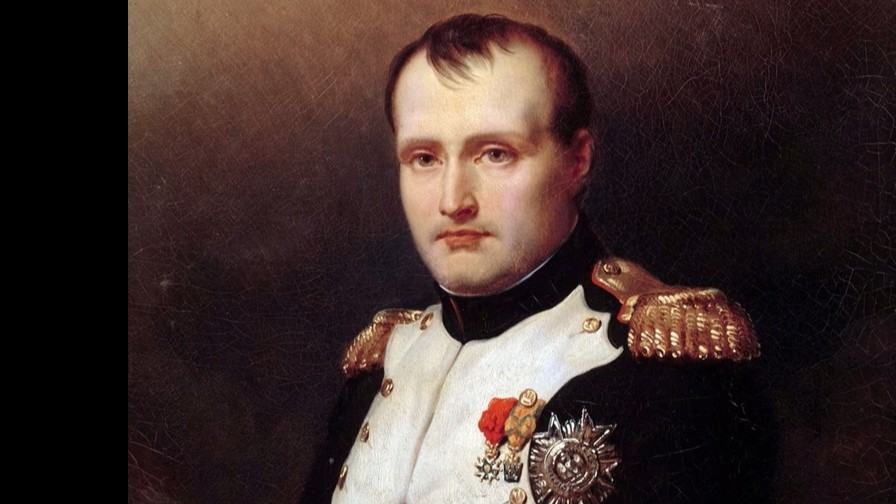1812年、フランス皇帝ナポレオンは五十万を超える大軍を率いてロシアへ侵攻したが、半年後には退却を余儀なくされ、フランスへ帰還できた兵士はわずか数万人に過ぎなかった。
In 1812, French Emperor Napoleon led an army of more than 500 soldiers.
。
The number of soldiers who invaded Russia was 600,000, but just six months later they were forced to retreat, and only tens of thousands managed to return to France.
。
This Russian campaign is known as one of the events in history with the highest number of casualties, and so far, the main causes of death have not only been combat, but also hunger, severe cold, and even an outbreak of typhus.
。
However, according to the latest research results, a detailed analysis of DNA extracted from the soldiers bones has revealed that many pathogens, including two types of bacteria that had never been identified before, may have significantly contributed to the collapse of the army.
。
This study was published in the scientific journal Current Biology. The lead author is Mr. Rémi Barbieri, a former researcher at the Pasteur Institute who is currently working at the University of Tartu in Estonia.
。
Mr. Barbieri stated, Until now, it was believed that the only infectious disease that decimated Napoleons army was typhus, but this study has revealed the possibility that other infectious diseases were also involved. When researchers analyzed the teeth of soldiers collected from a mass grave discovered in Vilnius, the capital of Lithuania, in 2001, they confirmed the presence of Salmonella enterica, which causes a type of typhoid fever, and Borrelia, which causes relapsing fever.
。
The research team points out that these new findings not only shed light on historical events, but also demonstrate how advances in science and technology have made it possible to reassess past events.
。
By using an advanced method called high-throughput sequencing, we succeeded in extracting useful information from DNA that had deteriorated over more than 200 years, which was a groundbreaking achievement.
。
Nicolas Rascovan of the Pasteur Institute emphasized, The introduction of powerful equipment capable of analyzing large amounts of DNA sequences has made it possible to better understand the realities of past infectious diseases. He further stated, New insights are gradually emerging regarding how historical infectious diseases have contributed to shaping the current situation of infectious diseases.
。
This time, the research team examined a total of 13 samples, but no traces of typhoid were found.
。
However, this does not contradict the findings of the 2006 study, and because the sample size is extremely limited, it has not yet been possible to fully clarify the overall impact of infectious diseases on Napoleons army.
。
Mr. Lascovan said, What is important about this study is that we have obtained direct evidence that various infectious diseases existed at the same time. In the future, it is possible that other pathogens may also be involved.

